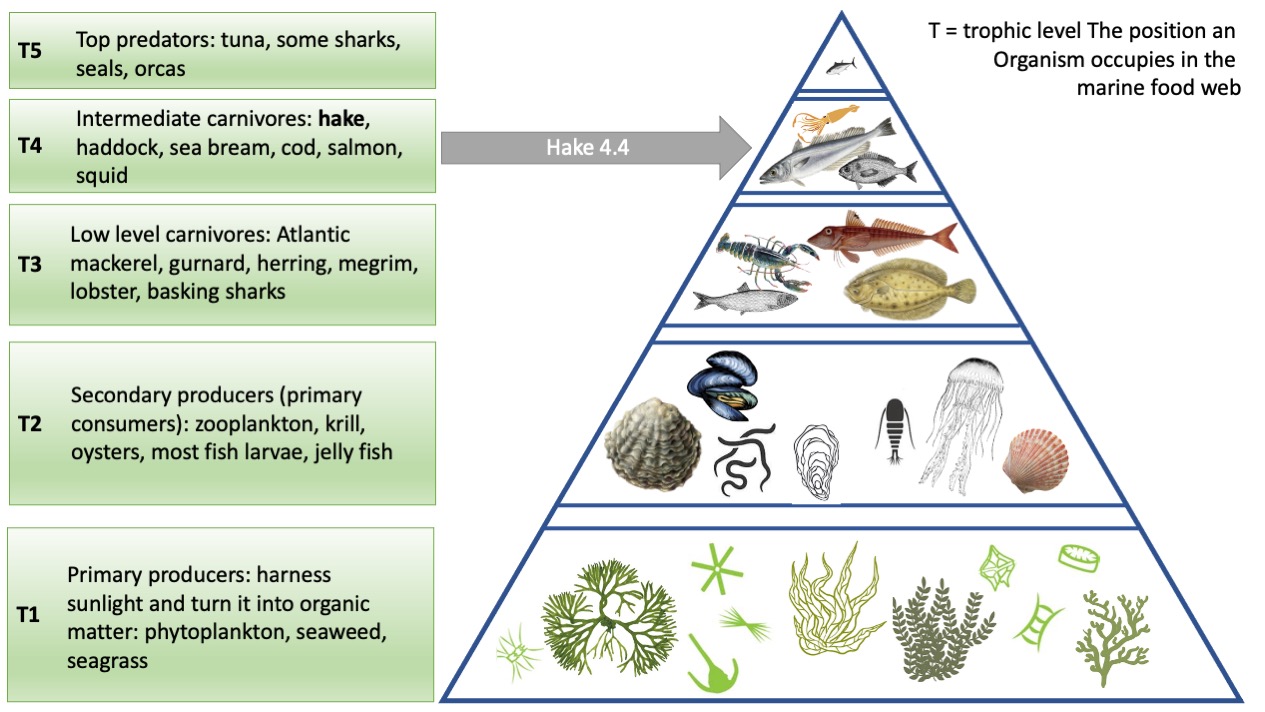Sustainability of Hake in Ireland
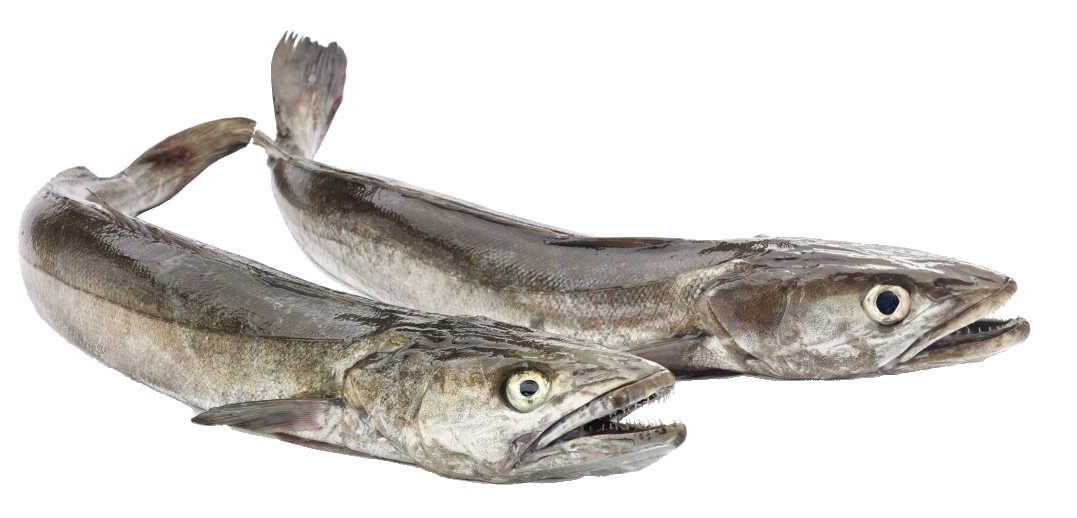
- Sustainability rating: 1-2
- MSC certified: some fisheries hold MSC certificates e.g. The Cornish hake gill net fishery
- Recommended minimum size: 45cm
- Season: avoid during breeding season February - July
- Fishing method: Gill or fixed net, longline, demersal otter trawl
Hake is one of the most important demersal fish stocks in European waters, and is commonly caught in mixed fisheries throughout the North East Atlantic, along with cod, haddock and whiting.
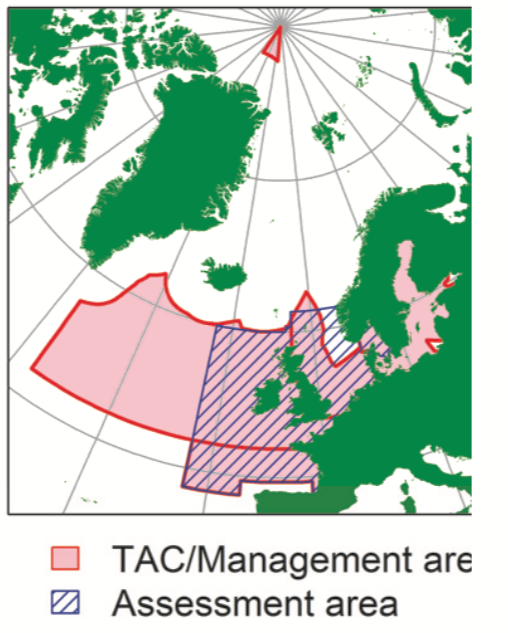
Hake is also one of the most eaten fishes in Ireland besides salmon, cod and haddock. It is particularly popular fresh and caught locally.
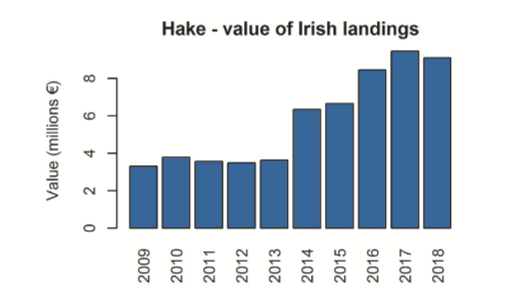
The European Hake (Merluccius merluccius) is divided into two stocks in the North East Atlantic – a northern and a southern one. The northern stock has recovered very well due to good management measures since 2001 and the fishery is considered sustainable. The southern stock is still under a lot of fishing pressure that is the fishing effort is still too high and the stock can’t recover properly.
In Ireland, we usually find hake from the northern stock currently harvested sustainably at the fishmongers’ counters.
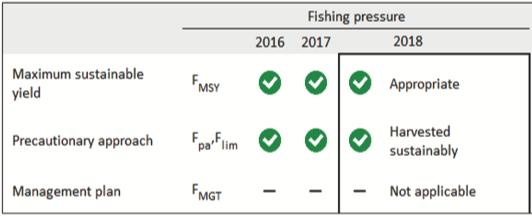
Fisheries are regulated through restrictions on fishing effort, such as selectivity, fishing closures and minimum landing size. Measures like this have led to a substantial increase since 2006 and fishing mortality decreased markedly between 2005 and 2012 being stable since then. The population of M. merluccius in the Eastern Central Atlantic overall is assessed as Least Concern despite the fact that the southern stock is still somewhat in bad shape.

ICES advice for 2020 is that when the Maximum Sustainable Yield (MSY) approach is applied catches of M. merluccius should be no more than 104,763 t.

About two-thirds of the northern hake landings in the TAC (total allowable catch) area are taken in Irish waters with the biggest takers being France, Spain and the UK; however, Ireland only has a 6% TAC share. Despite the small percentage, the northern hake is among the top 10 most important species for Irish vessels worth €11M in 2019 with a 26% increase of landings to the previous year.
Anecdotal information provided by industry suggests that the mean weight at length of individuals has decreased since 2011. This was corroborated by analyses using national laboratories data (ICES, 2019b).
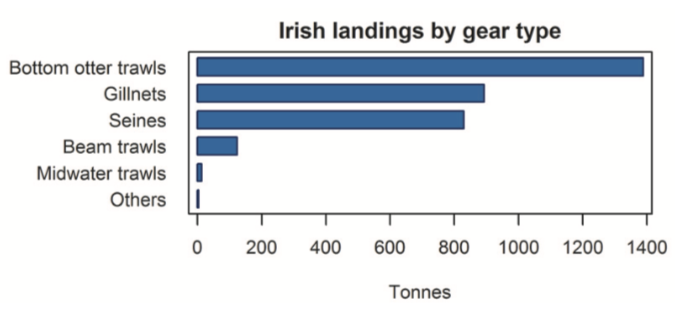
Hake are relatively fast growing (around 15cm per year in the first few years of life). Males generally mature around 35cm and females around 50cm. The spawning period is long and occurs mostly in the first 6 months of the year.
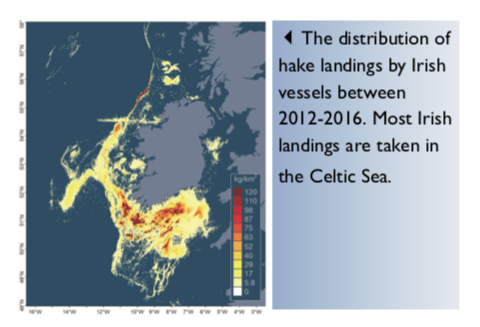
The most sustainable choice is European hake from the North East Atlantic caught by gill or fixed net and MSC certified. If you can, try to avoid the ones caught by demersal otter trawl and choose for fish from longline catches instead. The most important things is to ensure your hake is from the northern stock of the Atlantic. Stay away from any other hake species, and also avoid southern stock of the European hake. All these species are almost certainly under threat and or very vulnerable.
The image below shows the fishing method of gill netting, one of the methods used to catch hake in mixed fisheries.
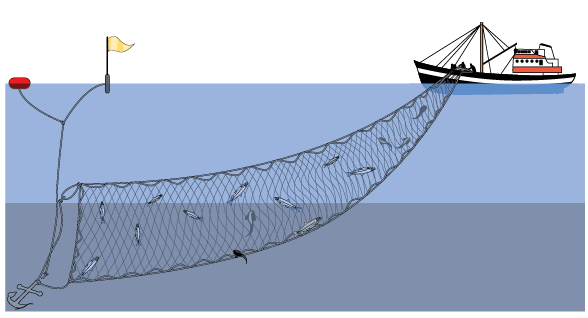
Hake in the Marine Food Pyramid
